What does it mean to have harmony in photographs? This is something I’ve been thinking about lately as I work to verbalize some of my thoughts around the art of composition. Harmony is a word that came up recently when I was reading an article about one of the great musical pieces and it got me thinking about how this concept applies to photography.
One definition of harmony is…a consistent, orderly, or pleasing arrangement of parts; congruity. Music. any simultaneous combination of tones. the simultaneous combination of tones, especially when blended into chords pleasing to the ear; chordal structure, as distinguished from melody and rhythm. Now, replace some of the words with ones that are applicable to photography and the visual arts….a consistent, orderly, or pleasing arrangement of parts; congruity. Photograph. any simultaneous combination of shapes, tones or textures. the simultaneous combination of shapes, tones or textures, especially when blended into a composition pleasing to the eye.
So, a quick distillation of this concept is that some of the best compositions are when all of the colors, shapes, visual weight and points of interest in a photograph are in harmony. There is no one element that stands above the rest. There is no element (tone, texture, shape) that stands as incongruous with the others. In my experience, harmony in photographs is something that when you see the image, everything just looks “right” and it “feels” right. There is a sense of visual calm, even if it is a complex image, and there is no unsettledness when viewing it. Have you ever been to a children’s concert and one of the kids plays a not horribly out of tune? It stands out and can draw your attention away from the beautiful harmony being created by the other kids. It is a non-harmonious event that detracts from the harmony of the whole group.
So as an artist, how do I/you create harmony in photographs? Well, it depends 🙂 It depends on the scene you’re shooting, the mood you are trying to capture, the weather conditions and the focal lengths you have available to you. However, setting aside those thoughts, the simplest answer to create harmony in photographs is to work at creating your composition. How you choose to frame up your composition is like a musical conductor writing a piece of music and directing it with an orchestra. What notes are played and for how long. How loud the notes are played. What instruments are playing the notes to give a particular sound. As a photographer, you get to choose what elements are in your composition. How dominant they are in the scene. You get a choice as to how much of the particular available colors and tones are in the composition and where they are positioned in the composition. You can choose how complex or how simple the harmony is with what is included or excluded in the composition. Making all of these choices is an act of thoughtful creation of the composition and is directly responsible for creating harmony in photographs.

What are these things to think about to bring some harmony in photographs? Here is a small list of a few things that I consider when I’m composing an image and by no means is this an exhaustive list, nor have I gone too deep in each of the topics. Each one could be an article all by itself!
Color Harmony
Do the colors in the scene go well together? Are they complimentary colors, analogous colors, triads, etc? In general, complimentary and analogous colors can bring a lot of nice color harmony to an image. Complimentary colors are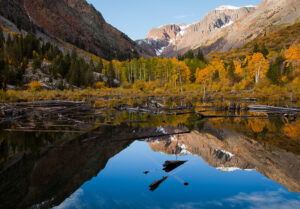 found opposite one another on the color wheel while analogous colors are found alongside one another. Blue and gold is a popular complimentary color combination in landscape photography, especially during Fall. While we’re thinking about colors, I also examine the amount of each color in the scene and if needed, make adjustments. I may choose to tighten up my composition to reduce the amount of a color, or expand the comp to include more.
found opposite one another on the color wheel while analogous colors are found alongside one another. Blue and gold is a popular complimentary color combination in landscape photography, especially during Fall. While we’re thinking about colors, I also examine the amount of each color in the scene and if needed, make adjustments. I may choose to tighten up my composition to reduce the amount of a color, or expand the comp to include more.
Color Balance
 While we’re thinking about colors, I also examine the amount of each color in the scene and if needed, make adjustments to increase or decrease the amount of a particular color in the overall composition. I may choose to tighten up my composition to reduce the amount of a color, or expand the comp to include more. Or very simply, shift my composition (side to side, up or down) to change the balance of colors in an image. As you may know, the presence of different colors can affect the perception of the viewer and the mood that they feel, which could be calm or aggressive, sad, happy, etc., which also leads to a feeling of harmony.
While we’re thinking about colors, I also examine the amount of each color in the scene and if needed, make adjustments to increase or decrease the amount of a particular color in the overall composition. I may choose to tighten up my composition to reduce the amount of a color, or expand the comp to include more. Or very simply, shift my composition (side to side, up or down) to change the balance of colors in an image. As you may know, the presence of different colors can affect the perception of the viewer and the mood that they feel, which could be calm or aggressive, sad, happy, etc., which also leads to a feeling of harmony.
Subject Harmony
How well does your subject(s) relate to one another as well as the supporting cast around them? Does one dominate the others? Is a subject element so small that it doesn’t “play well” with the others? Before you click the shutter button, I always recommend someone know and can verbalize, what they are taking an image of (subject) and what story they are hoping to tell with it. How the subject(s) are represented in the image, in relation to each other and the surrounding visual information, can have an impact on visual harmony.
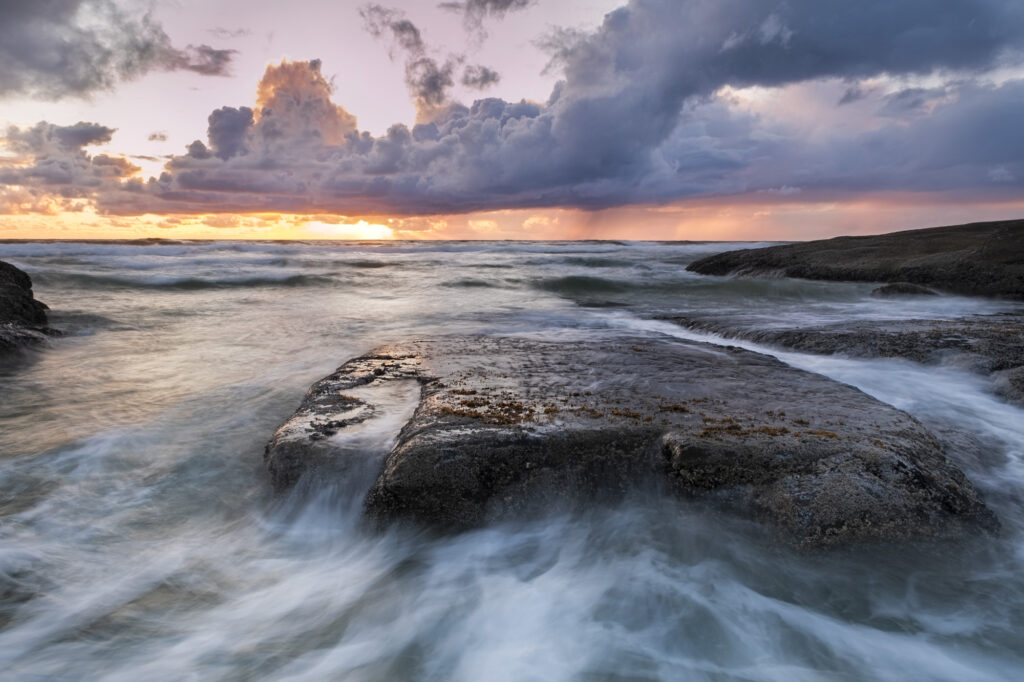
Visual Weight and Balance
How the visual weight and balance is distributed throughout the image can lead to harmony, or not. Examine the visual weight of the main elements in the composition and decide if the weight is proportional and appropriate for the 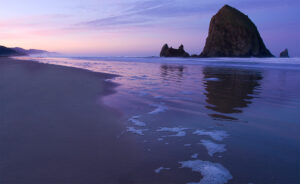 intent of your image. If a subject element in the image has too much visual weight compared to other important elements, it can “feel” un-harmonious. There are a few things you can try to balance things out. Change focal length, change your position relative to the subjects or widen/tighten your composition. Likewise, we as humans tend to like things that are balanced and when we view un-balanced images, it evokes a different feeling us, one that is un-settled and a little on edge. So, to produce harmony in photographs, the artist needs to examine and work on the balance in the composition. Again, this can be done by changing the composition by widening/tightening it, changing your relation to the subjects, as well as your relation to the light and how it is hitting the subjects.
intent of your image. If a subject element in the image has too much visual weight compared to other important elements, it can “feel” un-harmonious. There are a few things you can try to balance things out. Change focal length, change your position relative to the subjects or widen/tighten your composition. Likewise, we as humans tend to like things that are balanced and when we view un-balanced images, it evokes a different feeling us, one that is un-settled and a little on edge. So, to produce harmony in photographs, the artist needs to examine and work on the balance in the composition. Again, this can be done by changing the composition by widening/tightening it, changing your relation to the subjects, as well as your relation to the light and how it is hitting the subjects.
Shapes
 Sometimes just the shape of objects in your composition can bring a feeling of harmony. For example, if you are composing a shot at the beach and you have a lot of curved lines in the sand, curved waves, flowing clouds in the scene, and then you have a jagged object with straight lines and sharp points that is prominent in your composition. This different shape could be considered “un-harmonious” with the rest of the shapes in the scene. It may not be a bad thing, depending on the shot and what you are trying to do, but as the artist, its good to be aware of this relationship in the composition and how it may or may not support the overall vision for the image.
Sometimes just the shape of objects in your composition can bring a feeling of harmony. For example, if you are composing a shot at the beach and you have a lot of curved lines in the sand, curved waves, flowing clouds in the scene, and then you have a jagged object with straight lines and sharp points that is prominent in your composition. This different shape could be considered “un-harmonious” with the rest of the shapes in the scene. It may not be a bad thing, depending on the shot and what you are trying to do, but as the artist, its good to be aware of this relationship in the composition and how it may or may not support the overall vision for the image.
Conclusion
Harmony in photographs is just like harmony in a music score. Different subjects/notes arranged in a scene/timeline that have different intensity/attack and weight/amplitude that produces something that pleasing to the eyes/ears. You can judge for yourself how important the concept of harmony is in an image and whether you want to bring more or less of it in to your work. As an artist, who is a photographer, I very much ascribe the philosophy that we don’t “take” photographs, we “make” them. Composing a photograph is very much an active pursuit, bring together all of our knowledge of the visual world and storytelling and refining the essence of our image until we reach the point that we can press the shutter button. Harmony in photographs is but one element to consider when composing a scene….but one that is not often talked about or considered. I’d be curious your thoughts on the concept of harmony in visual art, please leave me a comment if you feel so moved.
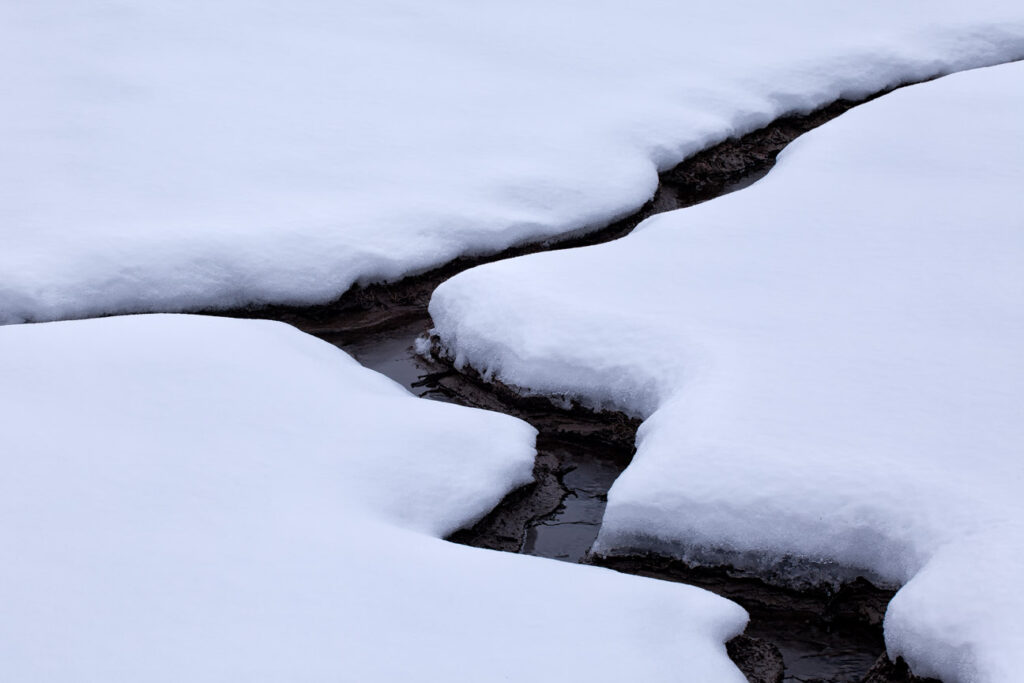
A simple harmony

A complex harmony

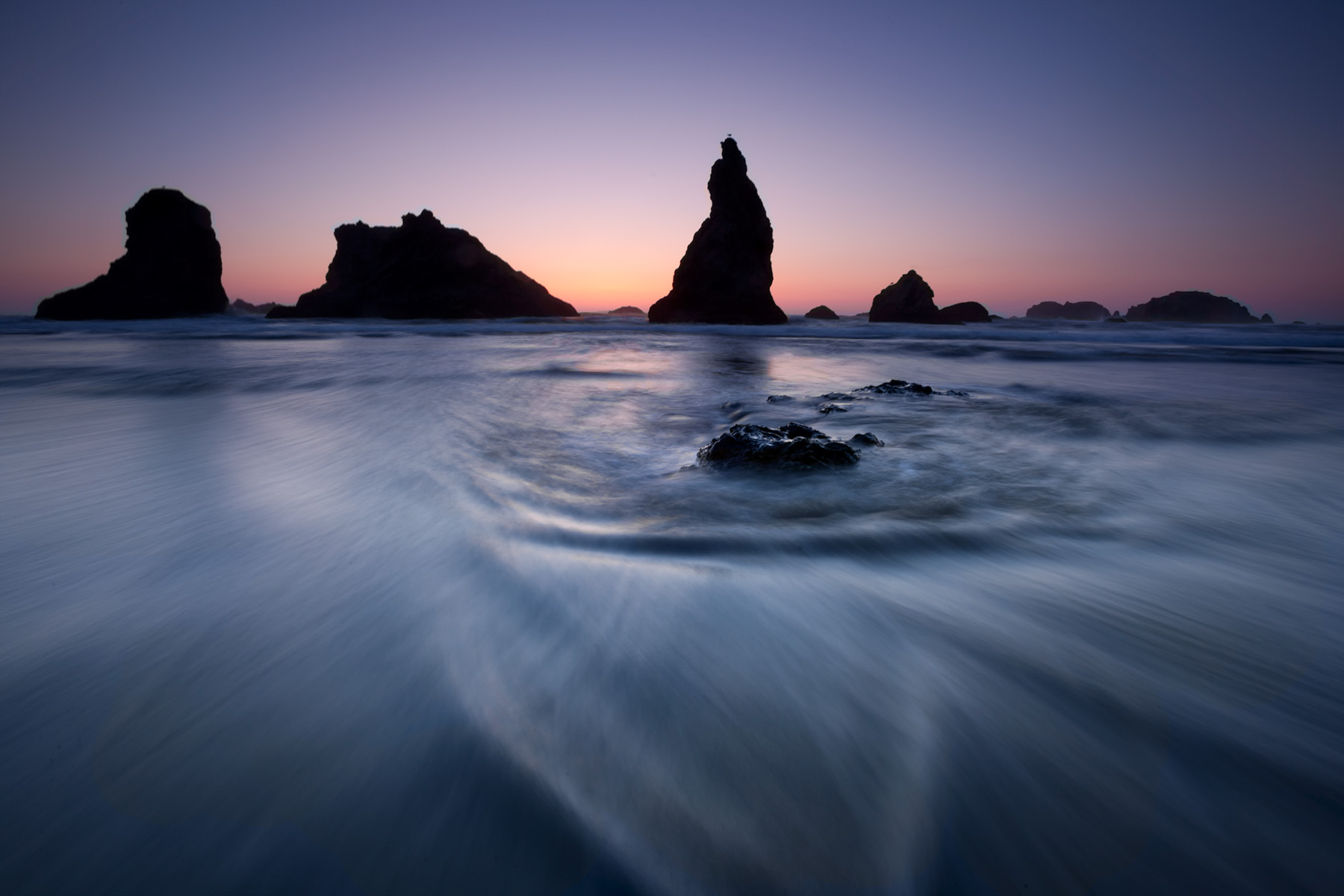
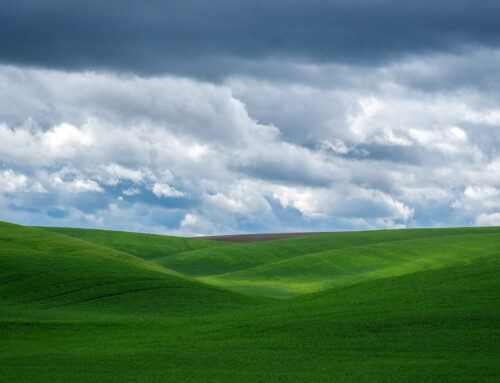
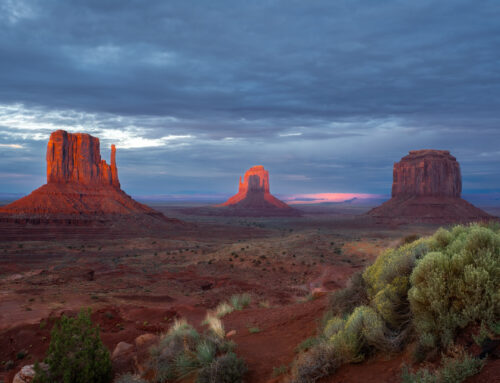
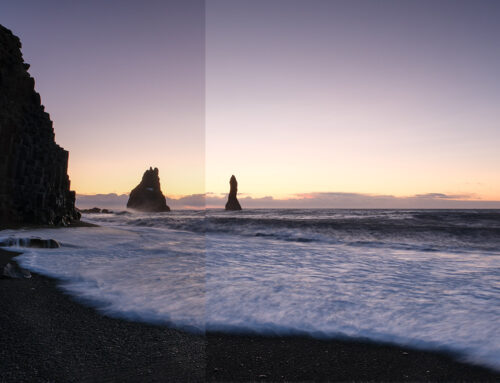
Leave A Comment